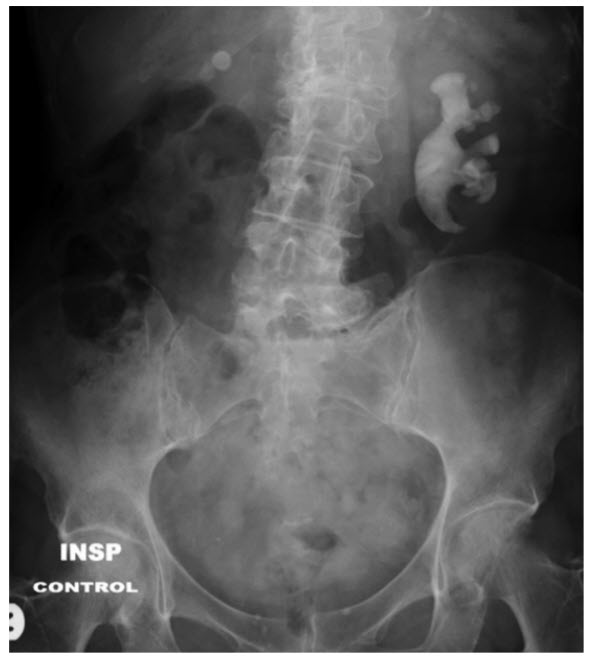Question 3#
Urease producing organisms include all of the following, except:
A. Staphylococcus aureusB. Escherichia coli
C. Ureaplasma urealyticum
D. Proteus mirabilis
E. Helicobacter pylori
Correct Answer is B
Comment:
Answer B
Urease is an enzyme that is produced by many Gram-negative, Gram-positive and Mycoplasma bacteria. Proteus species, Klebsiella species and Pseudomonas aeruginosa are examples of Gramnegative urease producing bacteria. However, Escherichia coli and Enterococci do not usually produce urease. Helicobacter pylori is present in the upper gastrointestinal tracts of more than 50% of the population and while associated with peptic ulcer disease is of no recognised importance with respect to the urinary tract. Ureaplasma urealyticum is a mycoplasma bacterium of low pathogenicity that comprises part of the normal genital flora of many men and women. Gram-positive Staphylococcus aureus and Staphylococcus epidermidis can produce urease.
Urease catalyses the conversion of urea to ammonia which is subsequently hydrolysed to ammonium ions and hydroxyl ions:
It is hydroxyl (OH−) ions that are responsible for the alkalinisation of urine which is of fundamental significance to the pathophysiology of struvite stone formation. The presence of ammonia in alkaline urine (pH > 7.2) leads to the precipitation of magnesium ammonium phosphate (struvite) crystals which can lead to staghorn stone formation. Specific therapeutic measures for struvite stones therefore include urinary acidification, use of short-term and long-term antibiotics, and the use of urease inhibitors such as acetohydroxamic acid. Percutaneous chemolysis may be combined with ESWL for selective patients with staghorn stones who are not fit for percutaneous nephrolithotomy (figure below).

Plain abdominal radiograph demonstrating a left staghorn calculus. The opacities in the right upper quadrant are gallstones.